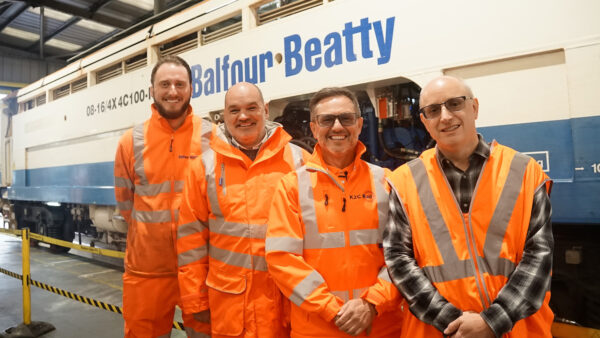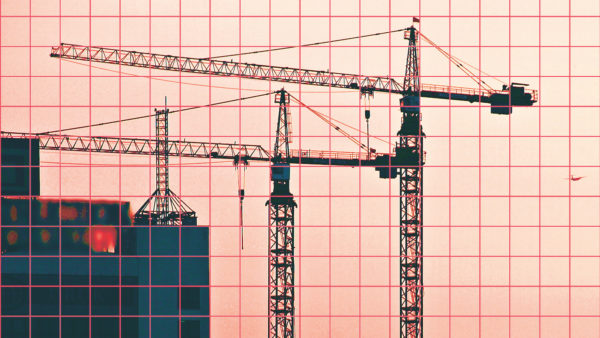
One of the companies racing to commercialise Elon Musk’s vision of a futuristic, super-fast vacuum-tube transport system, called the Hyperloop, has signed an agreement with the government of Slovakia to “explore building” the system there.
In a joint statement yesterday the Playa Vista, California-based Hyperloop Transport Technologies (HTT) and the Slovak Republic’s economy minister held out the future vision of the Hyperloop whisking passengers at 760 mph between Vienna in Austria, Budapest in Hungary and the Slovakian capital of Bratislava. A Bratislava-to-Vienna route would take just 8 minutes at full speed, while a Bratislava-to-Budapest route would take 10 minutes.
But the agreement does not entail any financial commitments or specific plans to build a Hyperloop line. Instead it encourages cooperation between HTT and companies and universities in Slovakia, which has a high concentration of knowledge-intensive manufacturing.
For more international stories visit the CIOB’s global construction website GCR
“Of course the vision would be to connect Bratislava to London, but this is about exploring the possibilities of cooperation,” said Zuzana Nehajova, director general of Slovakia’s Directorate General for Innovation and Business Environment, in an interview with GCR.
The revolutionary technology, still under development in the US, might also bring together cities within the mountainous central European country. The statement said a route between Bratislava and Košice – a distance of 400km (250 miles) – “could also be considered” and would shorten the trip between the eastern and western ends of Slovakia from the current, 4.5-hour car journey to a 25-minute tube ride.
With approximately 5.5 million people, Slovakia produces more cars per head of population than any other country in the world, and the most electric cars per capita as well.
Zuzana Nehajova said the link up with HTT, which followed a three-day visit to the country by its chief executive Dirk Ahlborn this week, is part of Slovakia’s strategy of cementing its advantage as a “mobility cluster”.
In the statement Slovakia’s economy minister said Hyperloop would “redefine the concept of commuting” and spark innovation and cooperation in Europe.
“Hyperloop in Europe would cut distances substantially and network cities in unprecedented ways,” said the minister, Vazil Hudak. “A transportation system of this kind would redefine the concept of commuting and boost cross-border cooperation in Europe. The expansion of Hyperloop will lead to an increased demand for the creation of new innovation hubs, in Slovakia and all over Europe.”
HTT is one of two young companies set up to develop the first commercial application of Musk’s Hyperloop concept, which the renowned co-founder of PayPal and electric car-maker Tesla Motors set out in a paper in 2013. Musk called the concept a “fifth mode” of transport alongside air, rail, road and sea, contending that it would be the preferred mode for travel between “high traffic city pairs” that are less than about 1,500km (900 miles) apart.
Three test tracks are scheduled for completion this year in the US, one by HTT, another by Musk’s own company, SpaceX, and a third by another start-up called Hyperloop Technologies. Musk is not proposing to develop Hyperloop commercially himself, but is encouraging the private sector to run with the concept.
HTT was born from the crowdfunding platform JumpStartFund just a few months after Musk’s initial paper in 2013. It has attracted a staff of more than 500 scientists, engineers and other experts who work not for salaries but in exchange for stock options. On that basis, too, the global design consultancy Aecom is helping HTT build its test track in the new town of Quay Valley in California.










